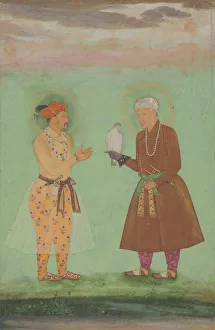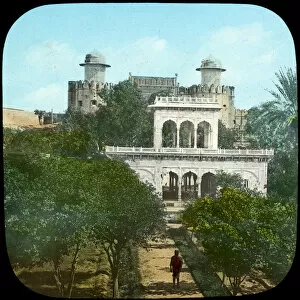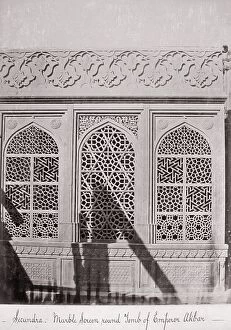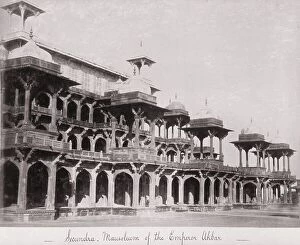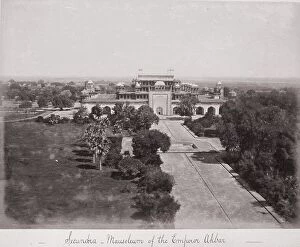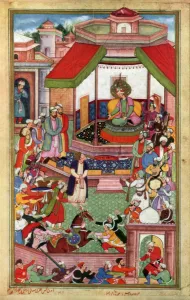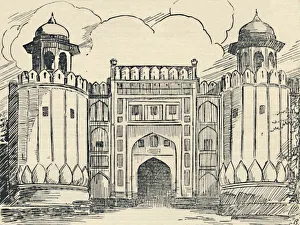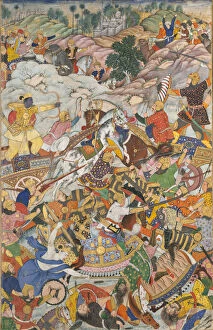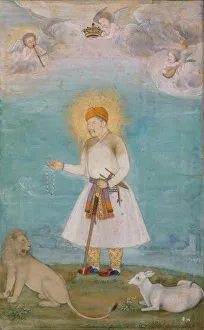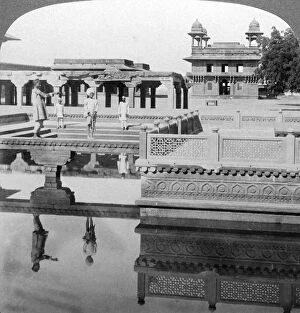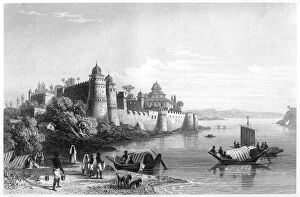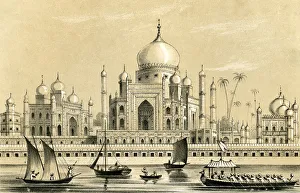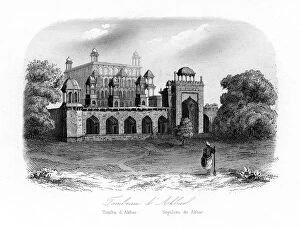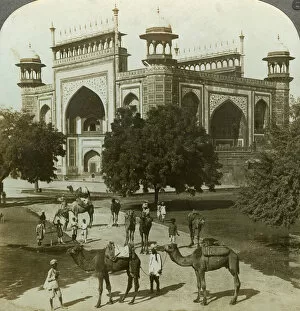Jalaluddin Muhammad Akbar Collection
Jalaluddin Muhammad Akbar, also known as Akbar the Great, was a prominent Mughal emperor who ruled over India from 1556 to 1605
All Professionally Made to Order for Quick Shipping
Jalaluddin Muhammad Akbar, also known as Akbar the Great, was a prominent Mughal emperor who ruled over India from 1556 to 1605. He was the son of Emperor Humayun and father of Emperor Jahangir. During his reign, Akbar implemented various administrative reforms and policies that aimed at promoting religious tolerance and cultural assimilation. His court became a hub for intellectuals, artists, and scholars from different backgrounds. One significant event in Akbar's life was when Abu l-Fazl ibn Mubarak presented him with the Akbarnama, a detailed chronicle of his reign. This illustrated manuscript showcased the grandeur and achievements of his empire. The Lahore Fort held great importance during Akbar's time. The marble pavilion in its gardens stood as a testament to the architectural brilliance of that era. Even in the late 19th or early 20th century, this structure continued to captivate visitors with its beauty. Akbar's military prowess is evident through depictions such as "The Young Emperor Akbar Arrests the Insolent Shah Abu l-Maali. " These illustrations showcase his strength and determination in maintaining law and order within his kingdom. Akbar's diplomatic skills are highlighted by scenes like "Al-Mu tazz Sends Gifts to Abdulla ibn Abdulla. " Through strategic alliances and gift exchanges, he fostered friendly relations with neighboring kingdoms. His legacy extended beyond his lifetime; even after death, monuments like King Akbar's Tomb at Agra and Sikandra continue to stand tall today. These magnificent structures serve as reminders of his greatness and contributions to Indian history. In essence, Jalaluddin Muhammad Akbar left an indelible mark on India through his visionary leadership, cultural patronage, military triumphs, artistic endeavors, and architectural marvels. His reign remains an inspiration for generations to come.

